Cannabidiol (CBD) is in fashion and more and more products are being sold with the drawing of the marijuana leaf on their packaging with the promise of helping to alleviate various health problems. However, it is important to emphasize that the products that are marketed with the relevant authorization contain CBD, a part of cannabis with no psychotropic or psychoactive effect, that is, it has no effects on behavior or consciousness, such as those produced by cannabis. conventional marijuana, as clarified by the World Health Organization (WHO).
Creams, makeup, oils, chewing gum, jellies, vaporizers for electronic cigarettes, and even suppositories that include cannabidiol among their ingredients can already be found on the market… and even on platforms like Amazon. And it is that the beneficial properties of CBD for health are becoming more and more popular, which has made the industry take advantage of it and begin to produce a multitude of dermopharmaceutical products, although it is also used as an oral treatment for some diseases.
The first thing to know is that “cannabidiol is one of the 80 chemical substances that the “Cannabis sativa” plant has, he explains. Maria Jesus Escribano Garcia, technical-professional director of the Official College of Pharmacists of Madrid (COFM). It is a natural compound present in the resinous flower that does not contain THC (tetrahydrocannabinol), which is the substance that gives cannabis its psychoactive power, its drug effect.
As José Antonio Sánchez, CEO of MEDCAN, an information center on the therapeutic use of cannabis, reveals to us, “products with cannabidiol are on the rise because they have little, almost no toxicity; In addition, it has a multitude of beneficial effects, since it affects our endocannabinoid system. There are no risks, it is an accessible treatment and it improves the quality of life of patients”.
What does the law say about cannabidiol (CBD)
The WHO does not consider cannabidiol to be a substance that causes addiction and attributes to it a series of therapeutic properties, some of which have not yet been scientifically proven in consolidated studies. For example, among the effects that have been demonstrated are its anticonvulsant effects, which is why it is being used in children and adults with refractory epilepsies that do not respond to other treatments.
The consumption and use of cannabidiol is allowed in Spain without restrictions in the case of cosmetic products such as creams, ointments, balms… José Antonio Sánchez indicates that “in Spain, cannabidiol can be marketed as long as it is accredited as a cosmetic and always below 0.2% THC level”.
However, when it is ingested orally, through capsules, tablets, syrups or infusions, it is considered a narcotic, so then, according to María Jesús Escribano García, “it must be authorized by the AEMPS (Spanish Agency for Medicines and Health Products) because it is a drug for oral administration. This is the case of the drug Epidyolex, used to treat epileptic seizures in diseases such as Lennox Gastaut syndrome or Dravet syndrome.
What cannabidiol is used for: benefits of CBD
Cannabidiol can be presented in various formats, such as oil, capsules, jellies, shampoos, creams, ointments, suppositories… According to María Jesús Escribano García, technical-professional director of the Official College of Pharmacists of Madrid (COFM), consumption of cannabidiol “reduces neuronal hyperexcitability by modulating intracellular calcium. When administered orally, it is used in the treatment of seizures associated with Lennox Gastaut syndrome or Dravet syndrome.
In Spain, the first drug derived from cannabidiol was approved last September to treat epilepsy, specifically for the aforementioned syndromes, Lennox Gastaut and Dravet. The drug, called Epidyolex, is recommended from two years of age, and in clinical trials it reduced absence seizures by up to 40%.
In addition, the expert also assures that CBD is being used for the treatment of moderate to severe spasticity associated with multiple sclerosis in patients who have not responded to other treatments, since it has been seen that when ingested they showed clinical improvements.
We asked Dr. Jesús de Santiago Moraga, a medical specialist in pain treatment and coordinator of the Cannabinoids Interest Group of the Spanish Pain Society, about the cases in which CBD is already being used, and he replied that “specifically the CBD-based medication (Epidiolex) has shown its usefulness in cases of refractory epilepsy. Medical cannabis in the case of cancer patients has evidence as an antiemetic for nausea and vomiting due to chemotherapy and for spasticity in patients with multiple sclerosis. It also improves transitory sleep problems in different conditions, favors increased appetite and prevents weight loss in patients with HIV”.
In addition to the above benefits, José Antonio Sánchez explains that cannabidiol also has the following properties:
-

Muscle relaxant
CBD can modulate the balance between excitatory and inhibitory neurotransmitters, leading to muscle relaxation. A study from the University of Messina (Italy) analyzed the effects of cannabidiol in patients with multiple sclerosis, specifically a drug that is approved in some countries, called Sativex, and it was shown that it was capable of reducing muscle stiffness, pain and muscle spasms. In addition, it is very common to see creams and ointments with CBD to massage or relieve muscle injuries.
-
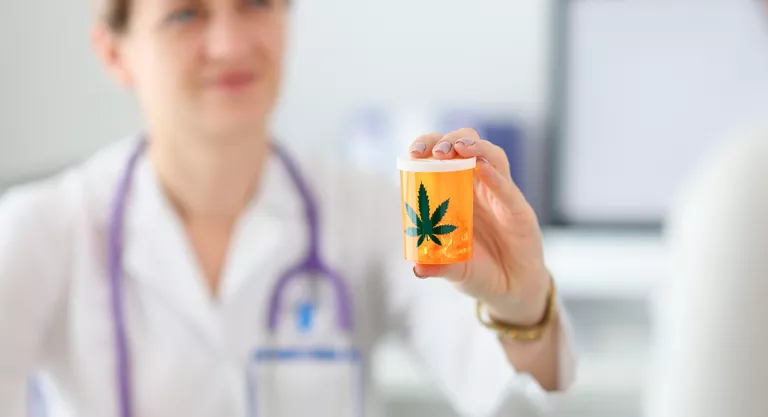
Analgesic
The effects caused by cannabidiol in the nervous system can considerably reduce pain, for example in patients with rheumatoid arthritis. This is shown by a study published in the European Journal of Pain, in which it is stated that the transdermal CBD gel significantly reduced joint inflammation, spontaneous pain, immune cell infiltration and synovial membrane thickening, in doses between 6.2 and 62 mg.
-
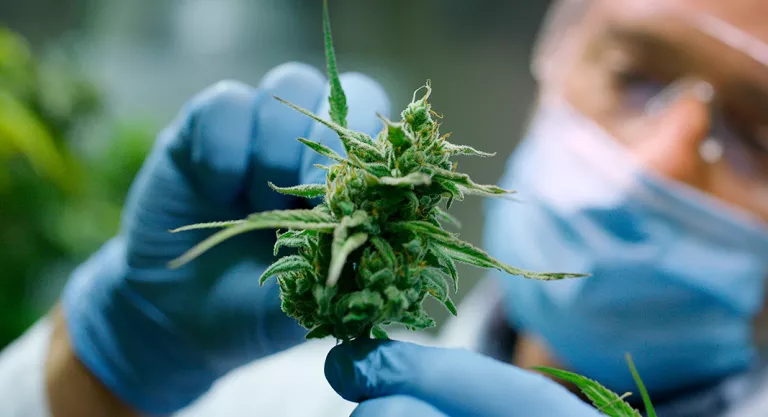
fibromyalgic relief
Along the same lines, another study, published in January 2021, showed that CBD reduced pain in people with fibromyalgia.
-

reduce anxiety
A study published in the journal Neurotherapeutics has supported the beneficial effects for anxiety of taking doses between 300 and 600 mg of CBD, which has been shown to reduce anxiety and fear, so it could be used as an adjunct to cognitive-behavioral therapies.
-

improve sleep
Cannabidiol can help regulate the sleep-wake cycle, making sleep deeper and more relaxed. A publication in The Permanente Journal indicates that CBD calms the central nervous system and is capable of improving rest in people who take it. However, more studies still need to be done to determine if the improvement in sleep is due to the reduction of anxiety, or if it acts directly on sleep.
-
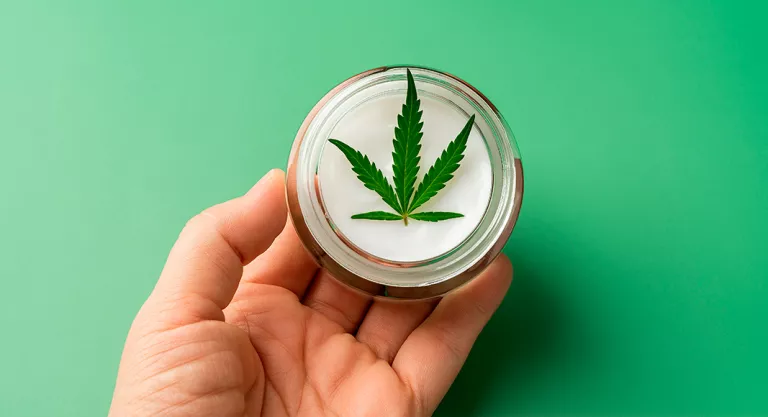
Good healing
The administration of topical ointment with CBD could be a safe and effective alternative to improve the quality of life of some people with skin disorders, since it seems to help improve the hydration and elasticity of the epidermis in diseases such as psoriasis and atopic dermatitis, in addition to having shown to be a good healing agent. All this has been verified in a study carried out by the Faculty of Medicine of the University of Modena and Reggio Emilia (Italy). The frequency with which the CBD ointment was applied to the skin was twice a day for three months, in which a significant improvement was seen.
-
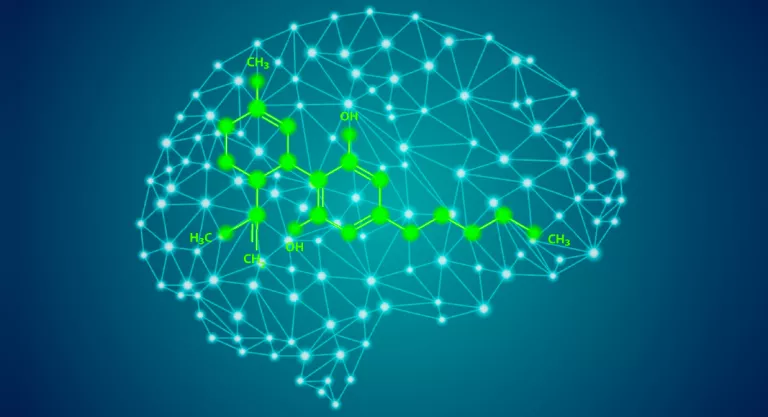
neuroprotective role
People with neurological disorders could benefit from the consumption of cannabidiol, because in addition to improving muscle rigidity in multiple sclerosis or treating epilepsy, it also seems to be effective in treating Parkinson’s, as stated in a study by Queen’s University (Canada). ), however, there is still insufficient evidence to support its inclusion in the list of treatments for the motor symptoms of the disease. This is mainly due to the lack of good quality data. Another study – done in rodents – from the University of New South Wales (Australia) also pointed to an improvement in memory in people with Alzheimer’s, although it also requires more research.
-

Prevent and improve acne
Cream with cannabidiol can be an effective natural anti-inflammatory, for example in cases of acne, as research published in The Journal of Clinical Investigation indicates that “CBD inhibits the proliferation of hyperproliferative keratinocytes, and has been shown to have notable antibacterial activity . Although its efficacy against Propionibacterium acnes strains has yet to be investigated, it can be speculated that its purported indirect antibacterial activity could be supported by direct bactericidal effects, arguing that CBD is very likely to behave as a potent anti-acne agent.” .
-
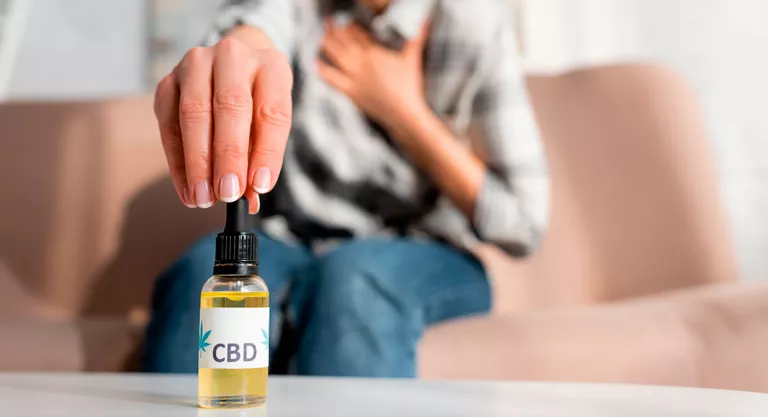
Reduce post-traumatic stress
Cannabidiol can affect the body’s endocannabinoid system, and one of the effects it can cause is the reduction of symptoms of post-traumatic stress in adults, according to research published in The Journal of Alternative and Complementary Medicine.
-
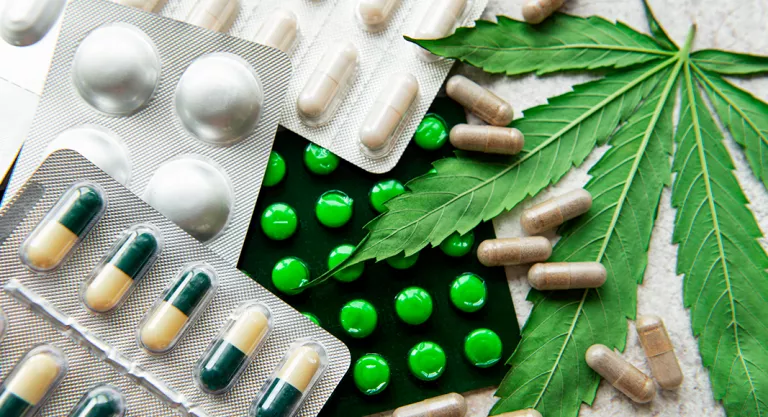
reduce blood pressure
There are several studies that have linked cannabidiol with benefits for cardiovascular health. One of them, which has been included in the JCI Insight magazine, has revealed that 600 mg of CBD oil lowered blood pressure at rest, compared to placebo. Other research published in the British Journal of Clinical Pharmacology revealed that CBD reduced arterial stiffness and improved blood flow after a dose of this substance.
.












